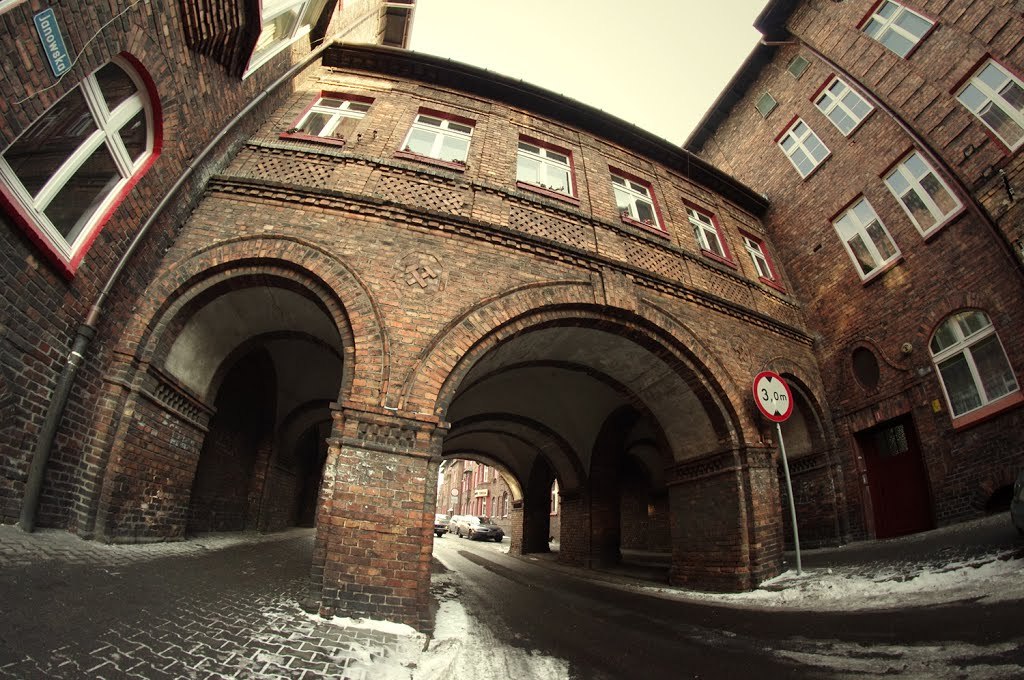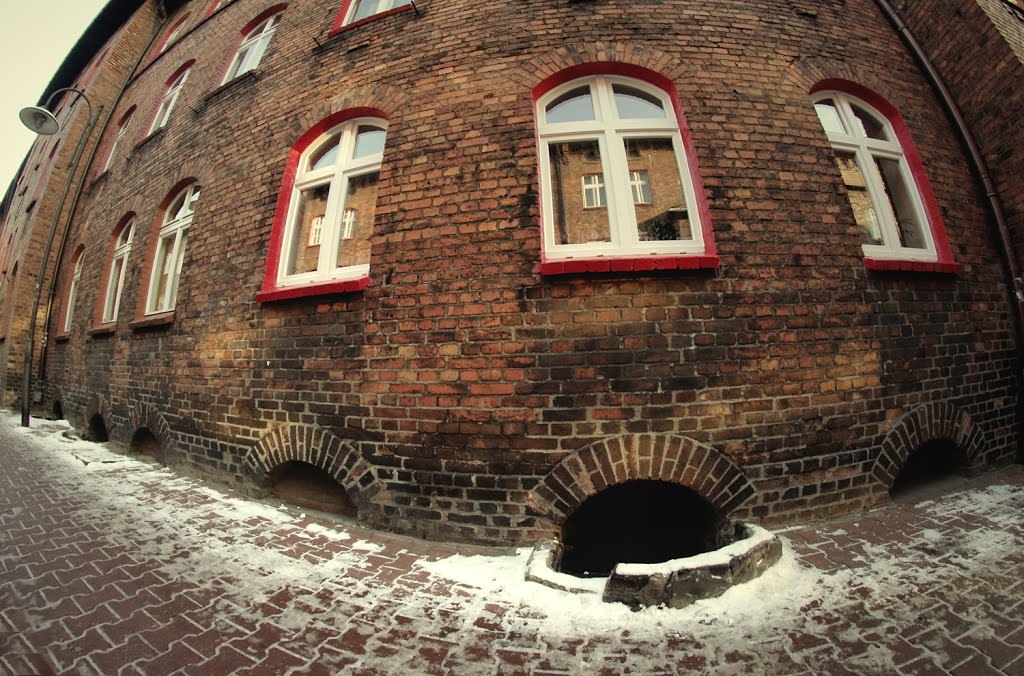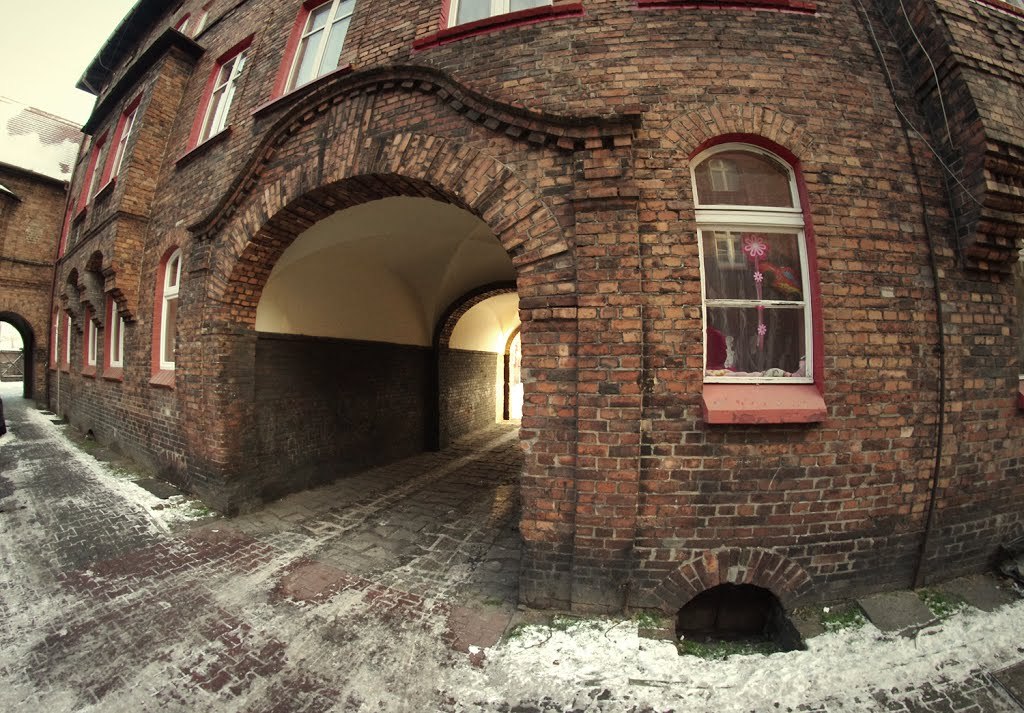Nikiszowiec (Nikischschacht in German, Ńikisz in Silesian lect) - old workers’ district in Katowice, Silesia, Poland. Photographs © Wojtek Baran.
“There are approximately two hundred patronage estates in the entire Silesian Province, developed by industrial plants for their employees. However, only a few of them represent such a high standard, refined architecture and scale of urban solutions as the Katowice district of Nikiszowiec. Its designers, Emil and Georg Zillmann, created an almost self-sufficient city which, apart from residential buildings, also comprised a church, hospital, preschool, schools, stores, an inn, and even an electric laundry and dry cleaner’s and a photography studio. Inhabitants of comfortable, spacious apartments could enjoy all the civilizational achievements of those times such as electricity, running water or sewage systems, and some of the buildings even had central heating installed. Nikiszowiec was lucky to survive the turbulent 20th century without any larger damage, thanks to which nowadays we can admire its original development in an almost unchanged state.
The interesting architecture is matched by interesting people – it is the residents of the district that make for its unforgettable atmosphere! Until this day, Nikiszowiec has remained a place where you can hear the Silesian dialect spoken in the streets. Many people have been living here for generations, while work in the nearby mine still sets the pace of life for many families. A visit to the Niesporeks’ photo studio, which has been in the family since 1919, is enough to hear an interesting anecdote or two about the colorful past of the estate. Nikiszowiec is the best place to learn about the atmosphere of the old Silesia. (…)
The area of today’s Giszowiec and Nikiszowiec used to belong to the Janów municipality and was covered with vast forests. After the discovery of rich coal beds in the 19th century, the Georg von Giesche’s Erben concern began to gradually buy out the mining fields located here, and started the process of extraction in subsequent shafts. The largest investment included deepening the Carmer shaft at the beginning of the 20th century. This necessitated attracting a large number of new employees and providing them with decent living conditions.” [text source / read more - PDF - heavily recommended]









